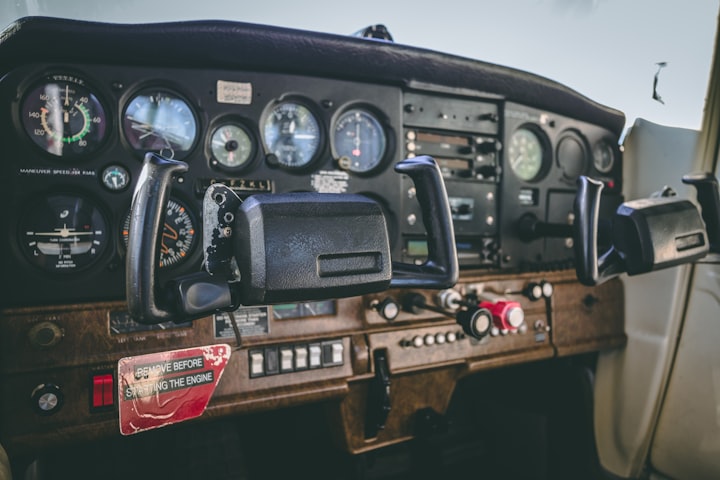
Introduction
Control cables are key for marine vessels' operations, assisting with everything from engine management to steering systems. They provide specific, effective management, which safeguards the ship and ensures it works properly. Now, let's explore the varied uses of control cables in marine environments.
Engine Controls
Command wires are widely used for managing speed and direction in marine motors. They link the speed and gear controls at the helm station to the motor, letting the sailor change the motor's RPM and switch gears with no hiccups. Navigating tight passages or zipping along at high velocities both require dependable command wires for a smooth journey.
Steering Mechanisms
Boats with mechanical steering systems use control cables. These cables connect the helm to the rudder or outboard motor. They ensure good steering, helping with accurate navigation. Even in hard-sea conditions, they work well. You need smooth, well-working Control Cables Dubai to stay on course and not hit anything.
Throttle and Shift Controls
Control cables are also critical to throttle and shift mechanisms. They allow the operator to easily control the boat's speed and direction. If you need to speed up or go in reverse, these cables make sure the engine matches the helm controls. They help with easy handling and movement. Good control cables make boating fun. They connect the throttle lever or control panel to the engine's throttle mechanism, enabling the operator to maneuver the vessel efficiently.
Transmission Controls
Boats with inboard or stern-drive engines use control cables. The cables help one shift gears. They can move from going forward to standing still to moving in reverse. This is helpful when docking, moving, or avoiding crowded areas. Proper control cables are needed to switch gears smoothly and push forward reliably. Control cables are frequently employed to facilitate gear shifting in manual and automatic transmissions. They transmit the driver's input from the gear selector to the transmission, enabling the engagement of different gears as required..
Anchor Winches
Control cables also work with anchor winches. They let the boat's operator lift and drop the anchor easily. These cables transmit orders from the helm controls to the winch motor. This makes the operation smooth and well-controlled. When you're fishing or securing the boat in a harbor, dependable control cables make anchoring easy. In emergency situations, control cables allow for quick and efficient deployment or retrieval of the anchor. Whether it's to stabilize the vessel during rough seas or to respond to unexpected hazards, having reliable control over the anchor winch can be crucial for the safety of the vessel and its crew.
Navigation Equipment
In the world of modern ships, electronic navigation systems are a must-have. Control cables are the backbone of such systems, including radar, GPS, and autopilot. They link the control station to the navigation tools. This link lets the captain adjust sittings, plan routes, and stay alert to surrounding situations. Trustworthy control cables ensure smooth and accurate control of navigation systems. ECS units are connected to external sensors like the AIS (Automatic Identification System), GPS, and gyrocompass using control cables. They make it possible to incorporate real-time navigation data into electronic charts, which improves the ability to plan routes and maintain situational awareness.
Conclusion
Control cables are a necessity on boats. They allow precise control of various systems onboard marine vessels. The role of these cables extends to engine controls, steering mechanisms, and more. They are pivotal for maintaining safety, efficiency, and control while cruising the sea. Being aware of the control cables' diverse applications helps boat owners and operators not underestimate their importance and invest in proper upkeep and timely replacement when required.





Comments
There are no comments for this story
Be the first to respond and start the conversation.